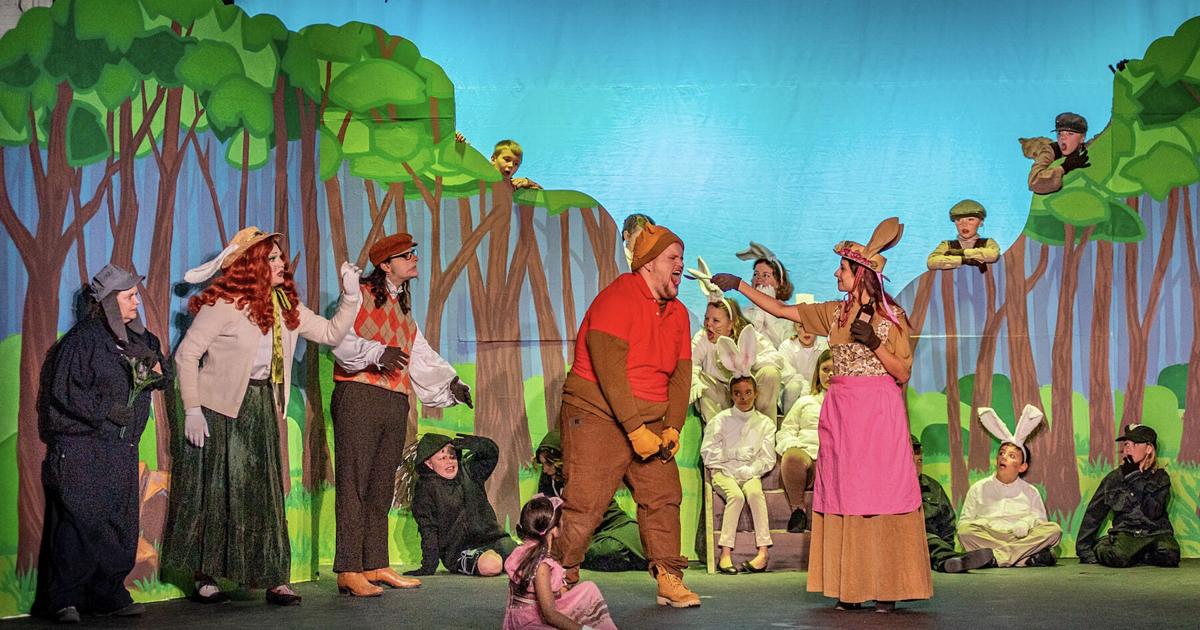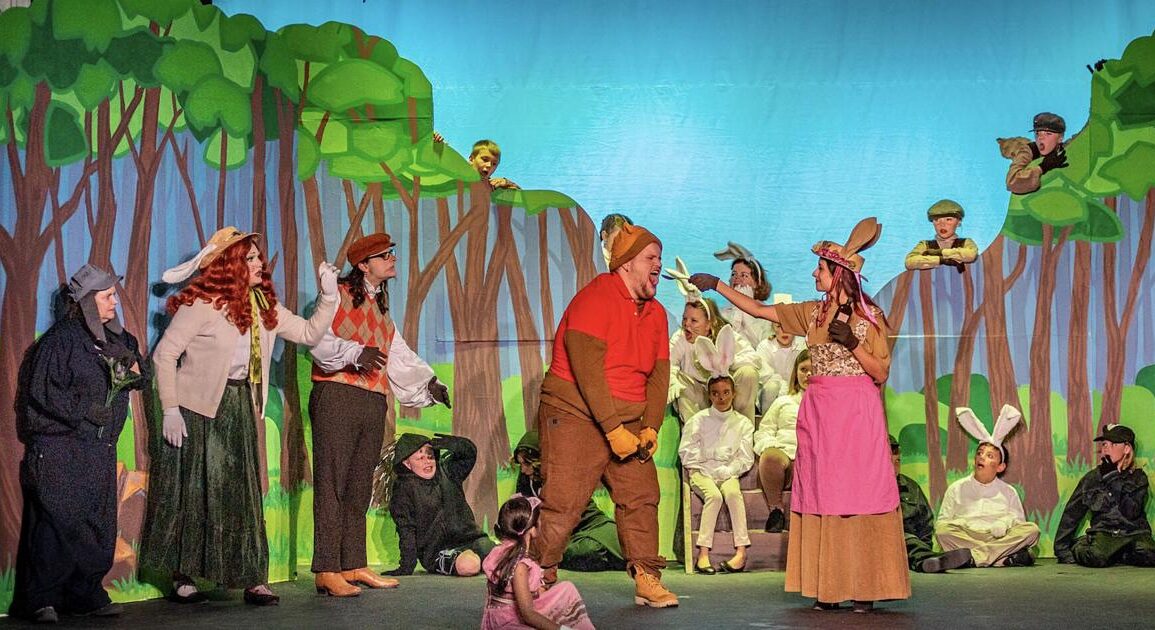
Mankato businesses that support the arts don’t do so for the notoriety. They do it to make their community — where they and their employees and customers live — a more vibrant, engaging place.
This is the word from representatives of some of those businesses whose names appear on donor and sponsor lists for some of the longest-tenured arts organizations in Greater Mankato.
“Orthopaedic and Fracture Clinic is thrilled to support not only the physical side of sports and everything, but it’s important to think of all the students that are in the arts,” said Bobbi Nawrocki, office manager/patient services at OFC. “So, we’d like to balance supporting the whole person.”
For several years, OFC has sponsored a musical theater production at Minnesota State University along with community partner Farrish Johnson Law Office. It helps them find that balance with support of affiliated medical services they provide.
“We’re very fortunate,” said Sue Keithahn who, with husband Phil, has owned ProGrowth Bank in Gaylord, Nicollet and Mankato for 34 years. “It’s a great opportunity to support the communities that give you so much back.”
Because of fewer potential donors, they focus their giving — 5% of pre-tax profits — to organizations in the Gaylord and Nicollet areas, she said. Often that includes recognizing needs and helping provide expertise to initiate solutions.
“Our name is ‘Community Bank,’ so we want to be involved in the communities that we call home,” said Katie Beadell, director of marketing and business development at the bank begun by her grandfather by marriage, Quentin Beadell.
“In all areas, from sports to the arts. You know, we want to touch it all because that’s what our staff enjoys. It’s what our customers enjoy. It’s things that are important to them,” she said.
In the past several years, as organizations such as the National Endowment for the Arts have come under greater scrutiny for what they fund, the responsibility for helping fund the arts has fallen more to businesses. In 2018 for the first time, that support surpassed $1 billion.
While personal customer businesses such as banks have become the largest benefactor of the arts, other segments have joined in as they’ve seen the benefits of supporting those who support them.
As a ticket buyer for Merely Players Community Theatre, where his daughter also performed, Byron Bruce helped forge a season sponsorship role for his employer, Downs Foods Group. He saw the value in a community organization that was both inclusive and dedicated to serving their community.
He approached them in 2019 and got the go-ahead from the powers that be, beginning a mutually beneficial relationship that has continued through this season.
Immediate return on investment comes when employees and other community members who wouldn’t be able to otherwise attend arts performances get the opportunity through their support, each said.
Susan Olson, Merely Players general manager, worked with Bruce to make it happen.
That has included reaching out to such organizations as YMCA Brother Sister Program, CADA House, SMILES and LEEP to invite people who either couldn’t afford tickets or are going through a hard patch where a night at the theater is a welcomed distraction.
“A lot of the folks that work in our plants, there are folks that wouldn’t necessarily have that opportunity or wouldn’t even be aware of it,” Bruce said. “So, we try and make enough tickets available that anyone that wants to go gets the opportunity.”
Even more than that, Olson said, is that sponsorship money allows the 41-year-old community theater to reach out and create partnerships with other nonprofits and positively affect more people than those who see their shows.
Because Merely Players was sponsored for “Winnie the Pooh,” for example, they could purchase unpainted bear pieces that could be painted by community kids who wanted to participate. A large stuffed bear was awarded to the youngster who painted the winning bear, which were displayed and voted on at performances.
“(Sponsorship), in turn, created this event that anybody in the community could go to,” she said. “So, those are the really cool collaborations we’ve been able to make because of our partnership with a business.”
Bruce called it “a missed opportunity” for businesses that have the means but don’t support the arts in some way, “especially community theater because it brings people from different walks of life in and they get to experience live theater.”
Support for arts organizations comes in all sizes, and folks like Olson are eager to help businesses find a level of support that matches wants and abilities of the sponsor.
“We feel it’s very important to be a good community partner in southern Minnesota,” said OFC’s Nawrocki, “and we do everything from supporting high schools with their proms and their graduation parties to the big ones, like Kiwanis Holiday Lights and VINE.”
Often for people such as ProGrowth’s Keithahn, support begins by recognizing programs that have worked in other towns, such as a BackPack Food Program to make sure students have food at home and finding community partners to make it happen.
Other times, contributions come through service on nonprofit boards where information is shared to help organizations think bigger.
Businesses listen to their employees and help direct dollars — and volunteer time — to organizations and programs that are important to them.
“That’s what Quentin wants is for us to give back to the communities that we’re in,” Community Bank’s Beadell said. “And whether that’s volunteer hours, whether that’s dollars the bank can put toward those things, he really wants that to be staff-driven.”
For nonprofits that share their creativity on stage, coming up with opportunities that work is an everyday occurrence.
“You have to be creative, you have to be able to think outside of the box,” Olson said. “And it only makes sense for us, too, to use that creative mind and that out-of-the-box thinking to benefit other parts of our community and nonprofits in our community.”
This post was originally published on this site be sure to check out more of their content








